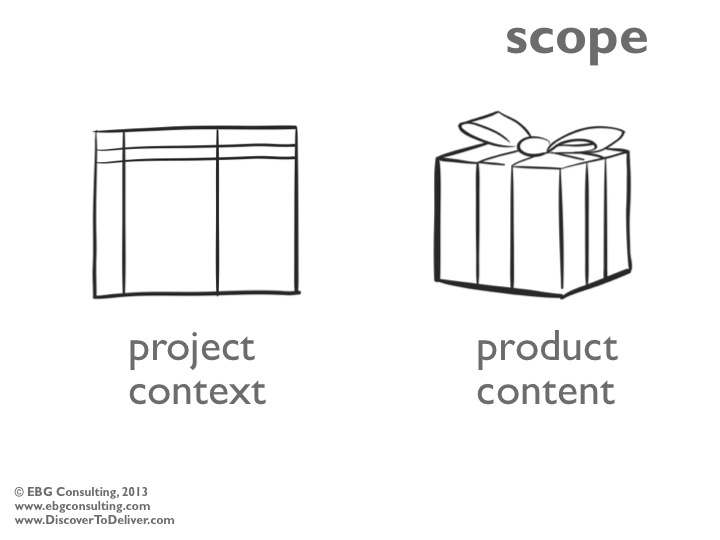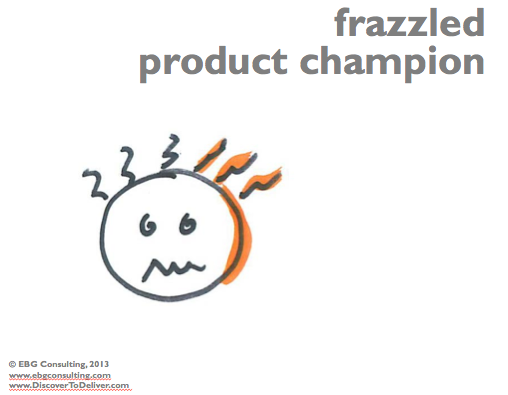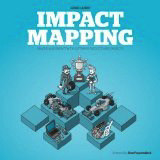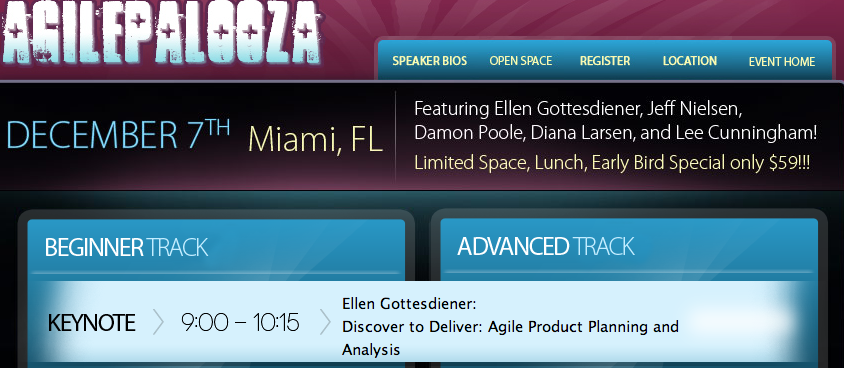Jelling at Open Jam – Agile Analysis, Product Management

We’re launching something new at next week’s Building Business Capability Conference (BBC): An Open Jam on Agile Analysis and Product Management. Whether you are new to agile or have been on your agile journey for a while, this Open Jam offers you a chance to exchange experiences, explore new ideas, and share struggles with like-minded colleagues. The best part? You don’t have to miss the regularly scheduled sessions to attend and you suggest and participate in the topics that interest you. Let me explain.


 As I prepare to deliver my tutorial (“The Essential Product Owner”) and presentation (“Product Roadmaps: Collaborating to Deliver Value”) at Product Management Festival in Zurich later this month, I wanted to share with you an excerpt of an interview with Mary Gorman and me that was recently published on their blog.
As I prepare to deliver my tutorial (“The Essential Product Owner”) and presentation (“Product Roadmaps: Collaborating to Deliver Value”) at Product Management Festival in Zurich later this month, I wanted to share with you an excerpt of an interview with Mary Gorman and me that was recently published on their blog. Last time, I told the story of a team that experienced a breakthrough after clarifying the scope of a stalled project. Noting that scope creep—the unrestrained expansion of requirements as the project proceeds—is cited as one of the top project risks, I promised to describe some of the good practices that help product partners manage product scope in a disciplined way. With clients, I always stress the importance of developing a product vision, identifying goals and objectives for the product, and clarifying the product partners’ value considerations very early in the project before development proceeds. Let’s look at ways to do that.
Last time, I told the story of a team that experienced a breakthrough after clarifying the scope of a stalled project. Noting that scope creep—the unrestrained expansion of requirements as the project proceeds—is cited as one of the top project risks, I promised to describe some of the good practices that help product partners manage product scope in a disciplined way. With clients, I always stress the importance of developing a product vision, identifying goals and objectives for the product, and clarifying the product partners’ value considerations very early in the project before development proceeds. Let’s look at ways to do that. Recently I worked with a project team developing a software product under grant from four entities, with a government agency as their ultimate customer. They called me in because, three months into a four-month project, they were desperately behind. Why? They’d been spinning in circles, trying to satisfy diverse stakeholders who had overlapping as well as conflicting requirements. The funding was split among several competitors, each with its own competencies, and there was a sense that the government agency was playing favorites based on its own preferences in the domain.
Recently I worked with a project team developing a software product under grant from four entities, with a government agency as their ultimate customer. They called me in because, three months into a four-month project, they were desperately behind. Why? They’d been spinning in circles, trying to satisfy diverse stakeholders who had overlapping as well as conflicting requirements. The funding was split among several competitors, each with its own competencies, and there was a sense that the government agency was playing favorites based on its own preferences in the domain.
 Impact Mapping: Making a Big Impact with Software Products and Projects
Impact Mapping: Making a Big Impact with Software Products and Projects
